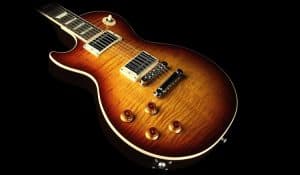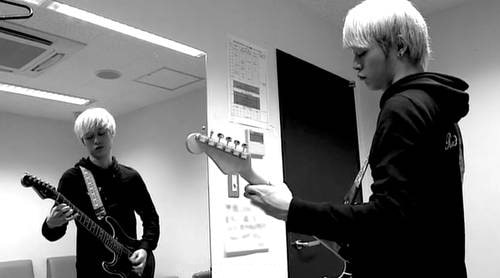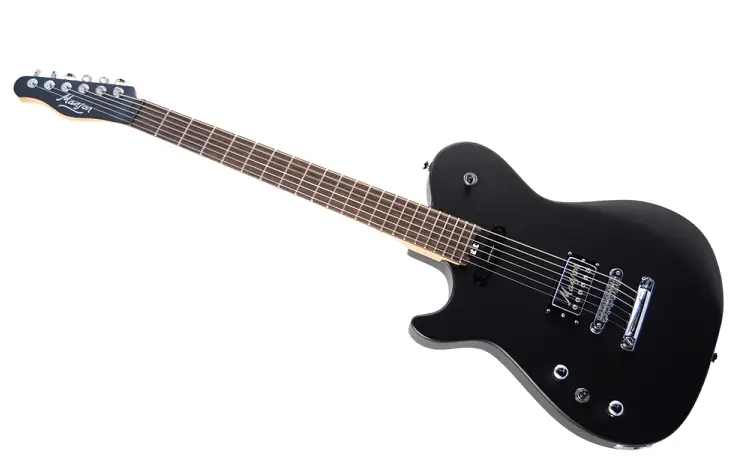 This text caters for those left handed guitarists that want to learn some basic chords for the guitar that are very easy for understanding and also easy for play.
This text caters for those left handed guitarists that want to learn some basic chords for the guitar that are very easy for understanding and also easy for play.
The vast majority of tabs and for chords cater for the guitarists that are right-handed, so those left-handers need to transform all those tabs or charts before they start using them.
This transforming process can really be very frustrating and also very time and nerve consuming. So, in case that you are a rookie, read all those valuable information in this text as this information will offer you a far greater understanding when it comes to the core basics of chords playing.
The opposite directions
 I must say that these chords that are positioned on left-hand guitars are entirely the same except that they are completely mirrored.
I must say that these chords that are positioned on left-hand guitars are entirely the same except that they are completely mirrored.
So in the case that you find some book or illustrated chords made for normal guitars, well, you can then still have some assistance by visualization toward opposite direction.
But, the far easier way is to look those diagrams immediately so you will be able to do it here.
Playing upside down left-handed
There are lefties that buy some regular guitars, and turn them in the completely opposite ways, and also change the strings regular order. This works just to a limited degree so you can perform on the guitar in the ways you like, but there are considerable differences when comparing the structures of right and regular left-handed guitars.
 The inner guitar bracing can be different, and also the nut and bridge are differently aligned which truly affects the volume and sound. Also, in the case that you’re not attached to the ‘looks’ too much, the fingerplate could be above guitars sound hole, and not below it, so if you perform on the electric guitars, the guitar jack and knob will be awkwardly positioned.
The inner guitar bracing can be different, and also the nut and bridge are differently aligned which truly affects the volume and sound. Also, in the case that you’re not attached to the ‘looks’ too much, the fingerplate could be above guitars sound hole, and not below it, so if you perform on the electric guitars, the guitar jack and knob will be awkwardly positioned.
Left Handed Performer
Tonic or Root note – during you chords play, you mostly begin with the tonic, and when you strum E Major you play all strings with that tone which appears on that fattest string. That is the E note. Well, the same completely applies with chord A Major.
The B7 and the C chord demand far more precision if you want to make those notes sound nice. But, also with a great practice, you’ll figure out that they are far easier for the play. The major F chord needs a smaller barrel because you will surely use your main finger for strumming two guitar strings at the same time.
If you want to start with this it will seemingly be a bit awkward, but, on the other hand, it truly becomes far easier with more practice. You must make sure that you clearly apply sufficient pressure with the help of the supporting thumb. That thumb must be on the neck of the guitar back because that will support the bigger pressure that is needed to strum the chord.
Conclusion
Remember that you must practice strumming of the chords on a daily basis. You also must make sure that those chords truly sound clear and smooth.
Cleaner and better sounding with the absence of the muffled sounds is the goal here, so after that accomplishment, you will be able to play what you want.

